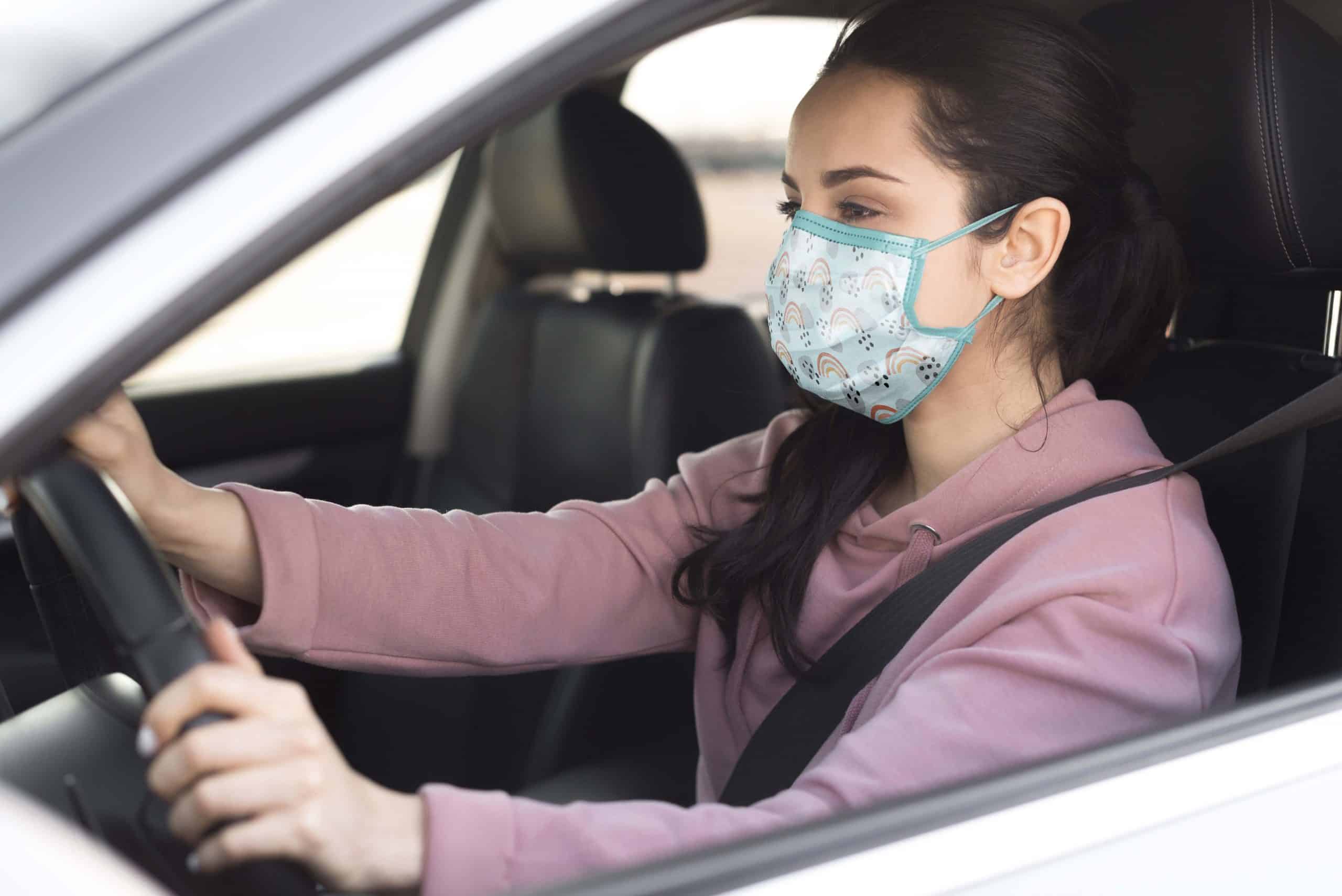With six million auto accidents occurring every single year in the United States and a daily death toll of 100 people killed in collisions and crashes, it’s never been more important for every driver and vehicle owner to realize the true risks they face when they travel on the roads.
The risks are very real, and thousands of even the safest drivers end up in hospital each and every year due to the negligent actions of others or dangerous, unforeseen circumstances caused by bad weather or poor road conditions.

With so many risks out there, it’s impossible to completely erase any chance of getting in an accident, but you can take action and make changes to your driving habits to push the odds in your favor and give yourself a better chance of staying safe.
Here are some smart safety tips to help you become a better driver, protecting yourself, your passengers, and other road users too, while also setting a great example for others to follow and contributing to a safer traffic situation all across America.
Try Some Safety Apps
Technology has come a long way in recent years, helping out in a multitude of ways in both our personal and professional lives, and these days, most people own their own smartphone, using it daily to keep in touch with friends and family, read the news, listen to music, browse the internet, and so on.
- Must Read: Best Apps to Track Cheap Fuel Right Now
Well, did you know that your phone can also help you become a safer driver? There are many apps dedicated to driver safety that you can download and install today. Some of them will actually track your driving performance and alert you if you’re braking too harshly or going too fast, while others will block alerts and notifications to prevent you from getting distracted.
Minimize Distractions
Following on from the previous point about distractions, it’s important to keep them to an absolute minimum while you drive. Distracted driving causes thousands of accidents every year and claims thousands of lives too, and in this day and age, with so many gadgets and devices inside the average car, it’s so easy to lose focus.
There’s no harm in setting up a safety app on your phone before you hit the road or typing your destination into your GPS before you actually head out and start your journey, but when you’re actually driving, it’s important to keep both hands on the wheel and avoid fiddling with other devices.
Patience is a Virtue
Road rage is a real problem in many parts of America. The truth of the matter is that there are a lot of bad drivers out there who willingly or absentmindedly break the rules of the road, swerving around from lane to lane, speeding, ignoring stop signs, and failing to use signals or check their mirrors before they turn.
If you’re a safe and sensible driver, it’s easy to get frustrated with these kinds of people, but it’s clear to see that letting yourself get frustrated and giving in to road rage simply isn’t the answer. Getting mad will only increase your own chances of making a bad decision or failing to notice an upcoming hazard and ending up in an accident, so try to keep calm and patient, while maintaining your distance from reckless drivers.
Remain Focused, Alert, and Awake
One of the core keys to smart and safe driving is simply staying focused on what you’re doing. Even if you’re a seasoned driver with years of experience, it’s important to never allow driving to become ‘second nature’ or to feel like something you don’t really need to focus on. Every time you sit behind the wheel, the lives of yourself and your passengers are in your hands, so you need to take it seriously.
- Must Read: 6 Myths and Facts About Electric Cars
Remain focused on the road around you, always look out for hazards ahead, adjust your driving style to suit the road and weather conditions, and never let yourself succumb to driver fatigue. If you do start to feel tired or notice that your focus levels are slipping, do something about it by pulling over safely and taking a break or getting something to eat.
Conclusion
There are many risks on the road, from stormy weather conditions to drivers operating their vehicles under the influence of alcohol. You can’t get rid of these hazards, but you can do your best to navigate and avoid them to the best of your abilities, staying safe and protecting your passengers.



